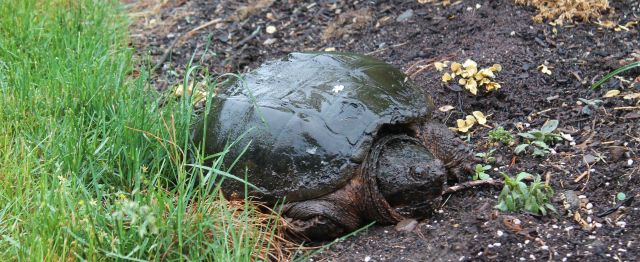The New York Times, June 8, 2016
Scientists digging in the Liang Bua cave on the Indonesian island of Flores years ago found a tiny humanlike skull, then a pelvis, jaw and other bones, all between 60,000 and 100,000 years old.
The fossils, the scientists concluded, belonged to individuals who stood just three feet tall — an unknown species, related to modern humans, that they called Homo floresiensis or, more casually, the hobbits.
On Wednesday, researchers reported that they had discovered still older remains on the island, including teeth, a piece of a jaw and 149 stone tools dating back 700,000 years.
Continue reading “New Fossils Strengthen Case for ‘Hobbit’ Species”
